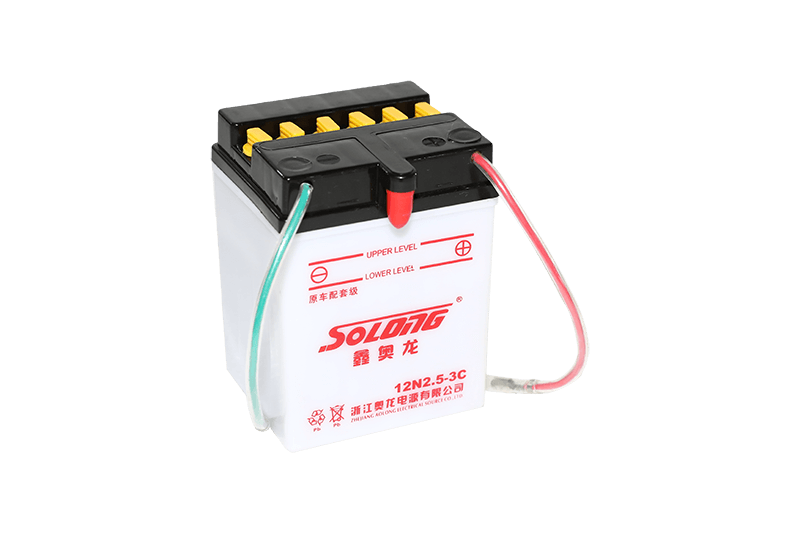

A gel battery is lighter and more durable than an ordin […]
A gel battery is lighter and more durable than an ordinary one. It uses a small amount of a solid electrolyte to keep the acid immobile. This allows for longer battery life. Another advantage of gel batteries is that they can withstand extreme temperatures and are spill-proof. This makes them ideal for use in extreme weather conditions.
While all batteries contain lead acid, the main difference between gel and AGM batteries is their internal construction. AGM batteries use a glass mat as a separator and gel batteries use a jelly-like electrolyte. The electrolyte in a Gel battery is completely sealed to prevent spillage. Because of this, the Gel battery's C1 capacity is smaller than that of an AGM battery. But its lifespan is longer than that of an AGM battery.
A gel battery is an excellent choice for a backup energy system. It can be used alone or in conjunction with solar panels. Its valve-regulated design allows for minimal maintenance, and it is robust and versatile. Furthermore, it does not produce fumes, so it can be used in areas with limited ventilation. You can safely install one in your vehicle.

A gel battery is better for confined spaces than a flooded lead acid battery. It has fewer vents, so there is less risk of hydrogen gas release. It can be placed upright, which is safer for spaces with limited ventilation. Gel batteries are also better suited for applications where ventilation is limited. A common drawback to a flooded lead acid battery is that it can be oriented in any direction, but it is recommended that the battery is kept upright to avoid any acid spills.
A gel battery doesn't leak. Its non-conductive plastic casing means that liquids will never spill. Additionally, gel batteries are shock and vibration-resistant. This makes them ideal for applications where vibration is a problem. They are also great for four-wheeler use. So, if you are looking for a battery that is maintenance-free, consider a gel battery.
A gel battery is one of two types of sealed lead acid batteries. They use silica gel to hold the electrolyte inside the battery. This reduces the chance of spillage and evaporation. Another benefit of a gel battery is that it is almost maintenance-free. Gel batteries are also more expensive.
The positive plate in a gel battery has a higher capacity and greater capacity. It is often used in stationary applications and can have several thousands of ampere hours. Low antimony alloys are often used for gel batteries. They contain low levels of antimony and have a high content of tin. A lead-calcium-tin battery is another common material used for a gel battery.